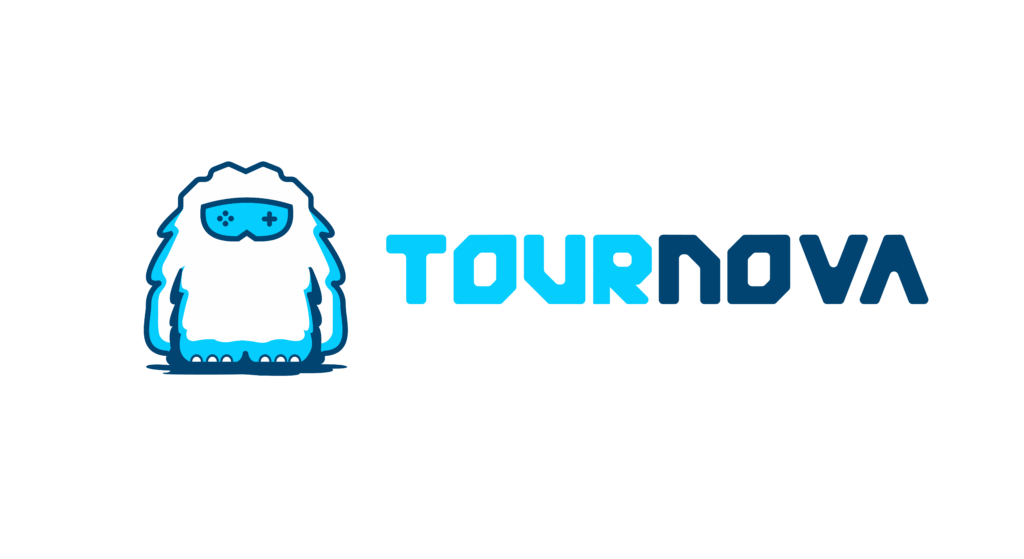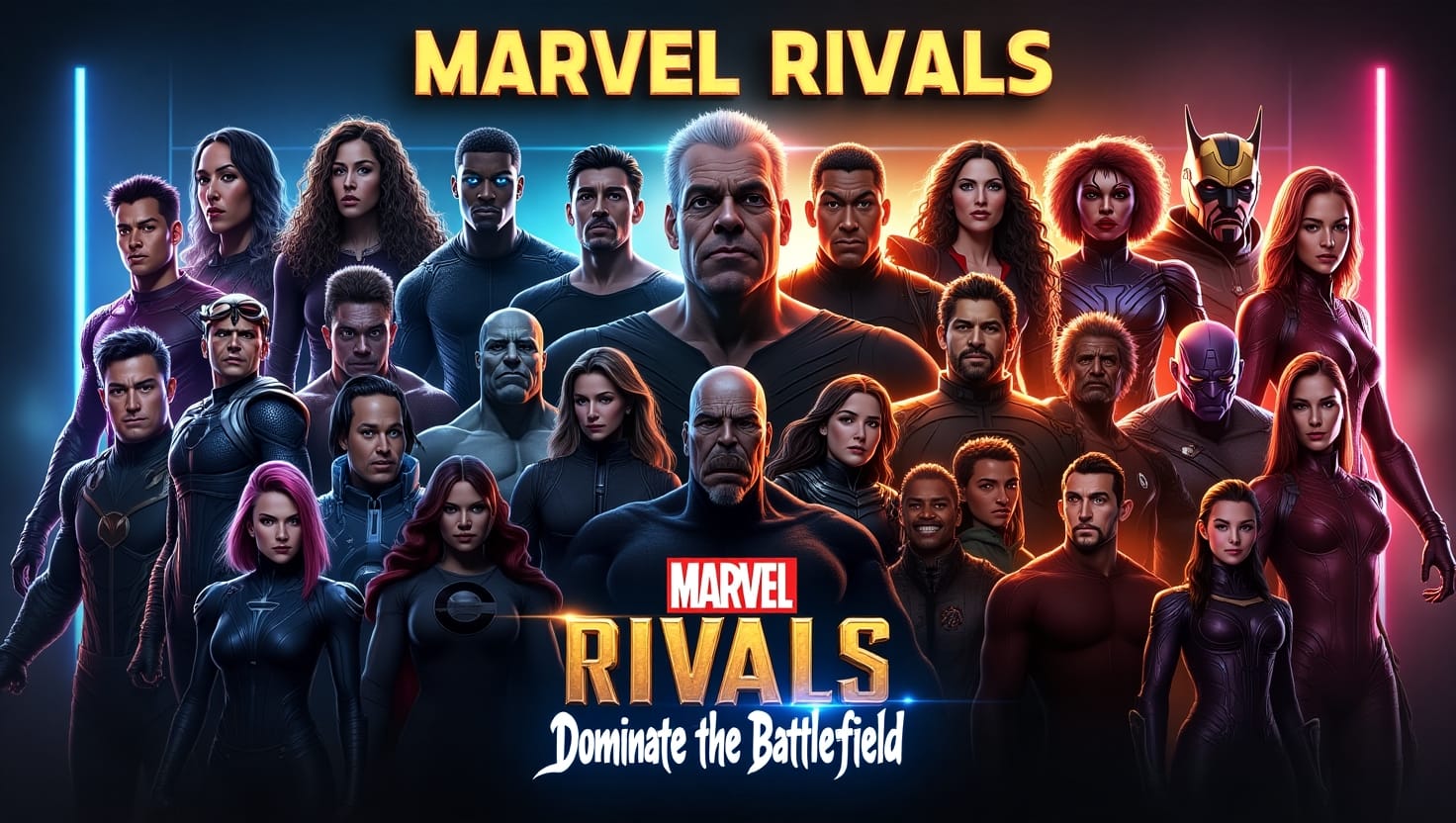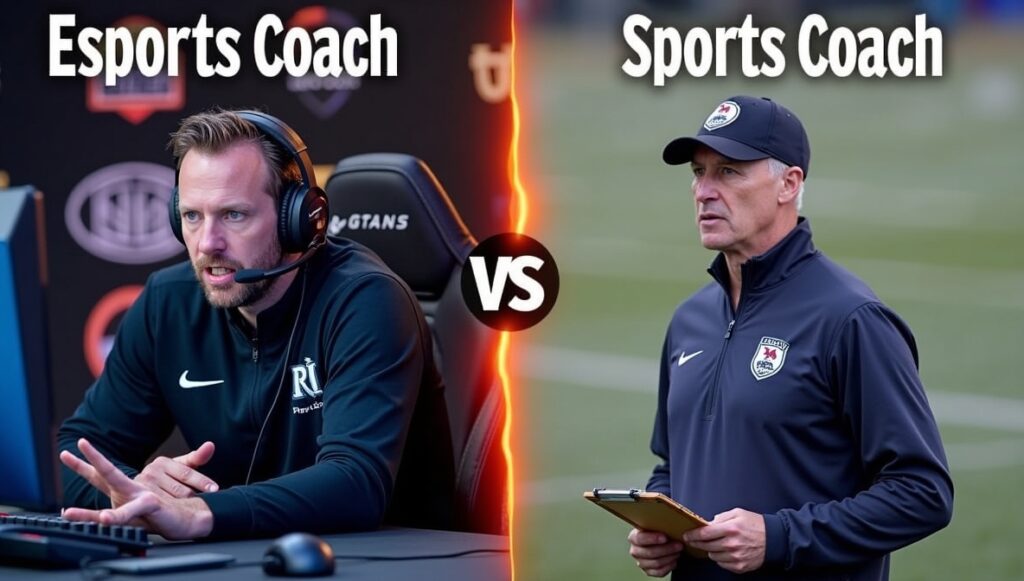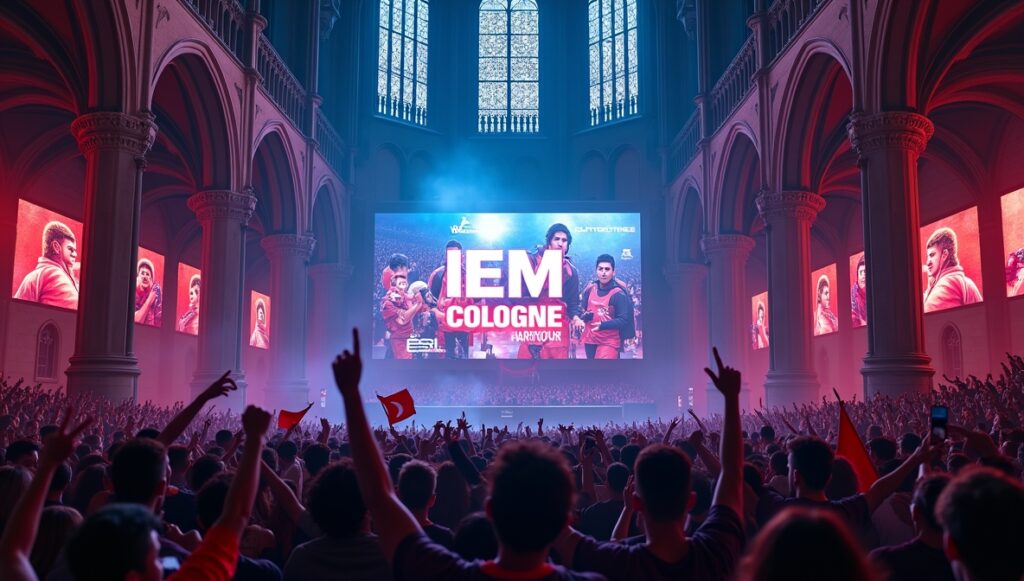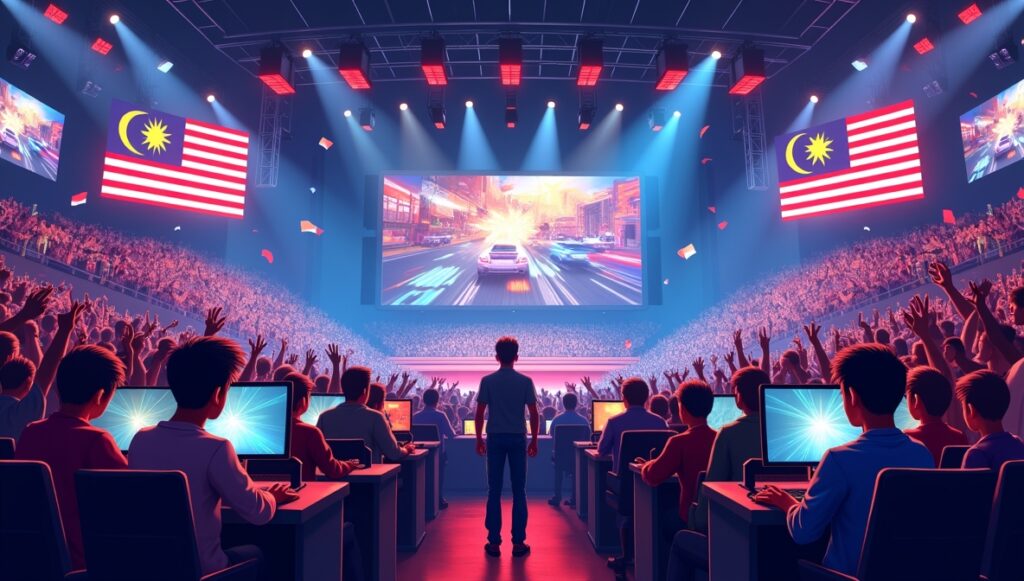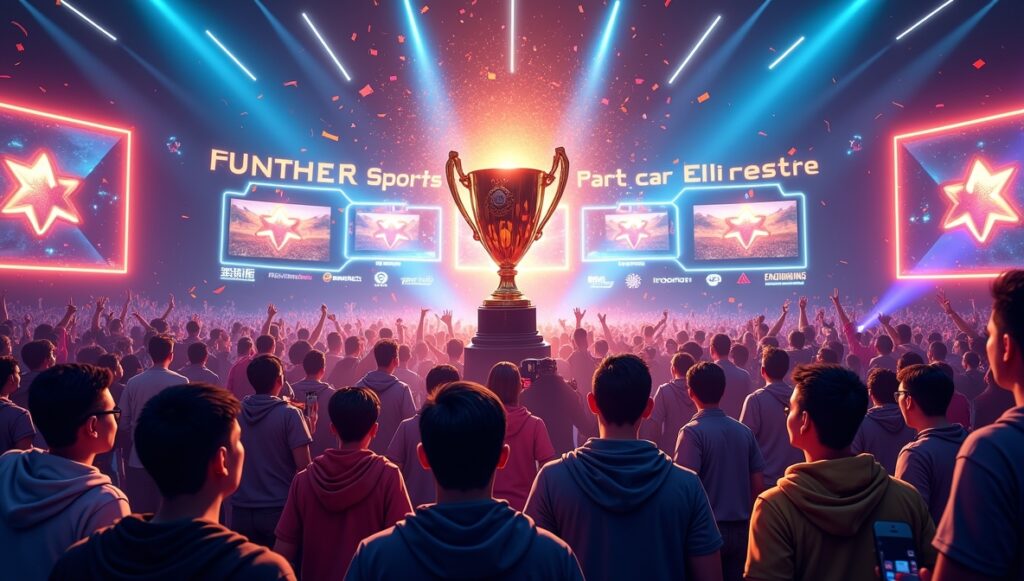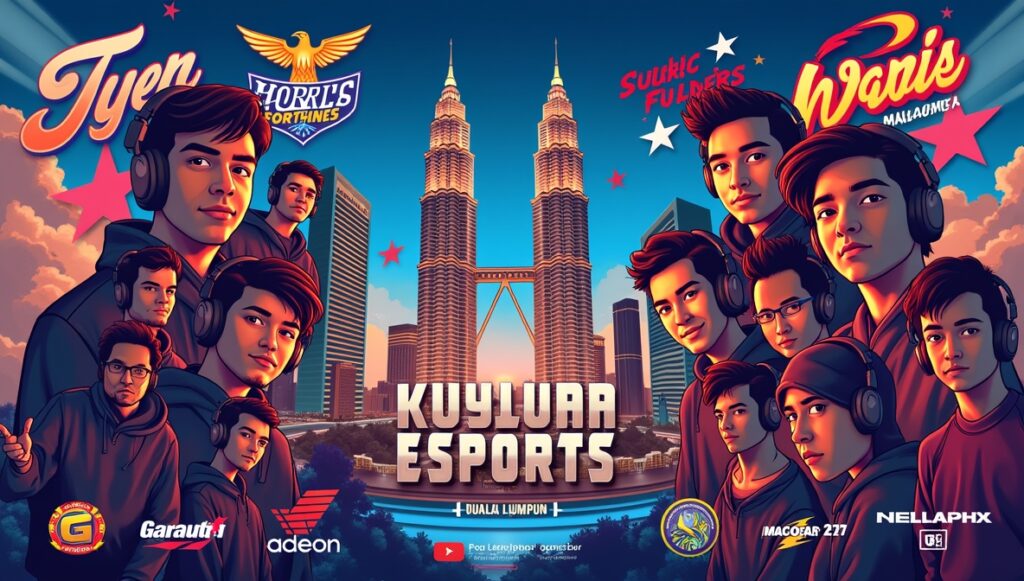Alright, let’s talk about something incredibly exciting that’s been buzzing in the gaming community: Marvel Rivals. If you haven’t heard about it yet, imagine jumping into a fast-paced, team-based hero shooter where you get to embody some of the most iconic characters from the Marvel universe. It’s fresh, it’s vibrant, and honestly, it’s got us hooked! Each hero feels unique, bringing their own flavor and abilities to the battlefield, from zipping around as Spider-Man to unleashing cosmic power as Scarlet Witch. And as players dive deeper, especially with an eye on ranked matches and the competitive scene that’s already brewing, figuring out who’s who in terms of power and viability becomes super important. That’s where something like a Marvel Rivals tier list comes into play, acting as a snapshot of which heroes are currently dominating the meta. It’s like getting a heads-up on who the pros are probably practicing with or who you might see giving opponents a tough time in tournaments.
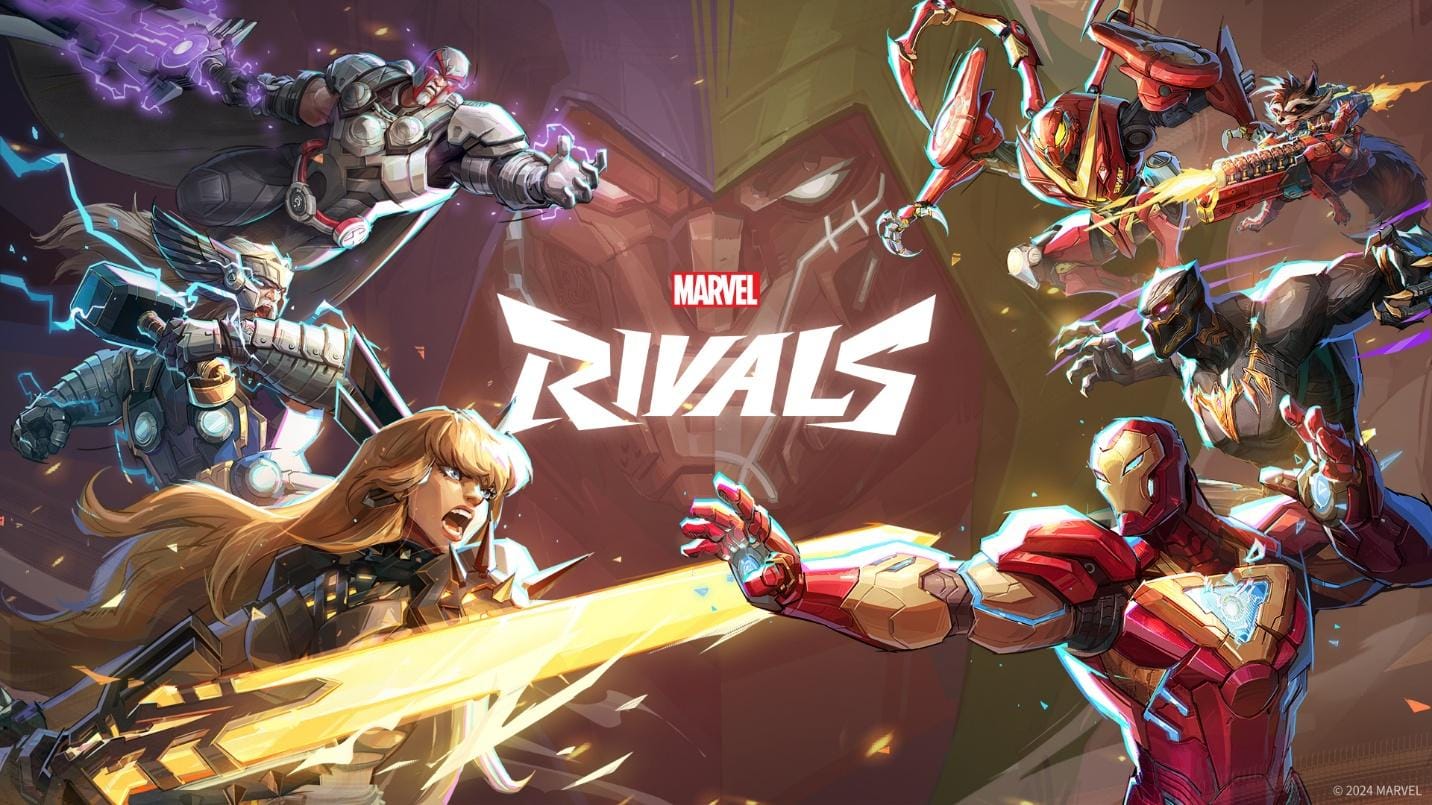
- It blends Overwatch-style gameplay with destructible environments and character synergies.
Marvel Rivals Tier List: What Shapes Competitive Rankings?
So, you might be wondering, how do these lists even come about? It’s not just a random collection of favorites. A Marvel Rivals tier list is really a living, breathing reflection of how well each character performs in those high-stakes, coordinated competitive games. Several elements contribute to a hero’s position, kind of like pieces on a cosmic chessboard, each influencing the overall flow of battle.
Think about a character’s toolkit – their abilities, their movement options, how much damage they can reliably pump out, or how well they can keep their team alive. Then there’s team synergy; some heroes just click together, creating devastating combos or impenetrable defenses. Versatility is also key; can a hero perform well in different team compositions or on various maps? The early days of any competitive game are wild, with players (especially the pros and high-rank grinders we watch and learn from) constantly experimenting and finding new strategies. Balance patches and updates from the developers are also huge; they can shake things up overnight, boosting a previously overlooked hero or tweaking a dominant one. Mobility, crowd control (those annoying effects that stun or slow opponents), how tough a hero is to take down (survivability), and the potential for those epic, game-changing ultimate abilities all play a massive role in deciding who sits at the top.

- From brawlers like Hulk to stealth assassins like Psylocke, every character offers a distinct tactical edge in 6v6 battles.
1. Marvel Rivals Tier List: Ranking Every Playable Hero
Alright, let’s get to the heart of it. Based on what we’ve seen in the beta, pro play discussions, and community consensus, we can start to build out a picture of the current Marvel Rivals tier list. Remember, this is a dynamic thing, always subject to change as players get better and updates roll out, but it gives us a solid starting point.
We typically break these down into tiers: S, A, B, and C. Think of S-Tier as the cream of the crop, A-Tier as incredibly strong and reliable, B-Tier as viable but perhaps more situational, and C-Tier as characters who might need a bit of love or are much harder to get value from in competitive settings right now.
Right now, the heroes who seem to be defining the meta and appearing frequently in high-level play often reside in the S and A tiers. Heroes like Iron Man, Scarlet Witch, and Loki have been incredibly impactful, but we’ll dive into them in more detail soon. Meanwhile, characters in the B and C tiers aren’t necessarily bad, but they might require more specific team setups, higher individual skill, or simply be outshone by others doing similar jobs more effectively at the moment.
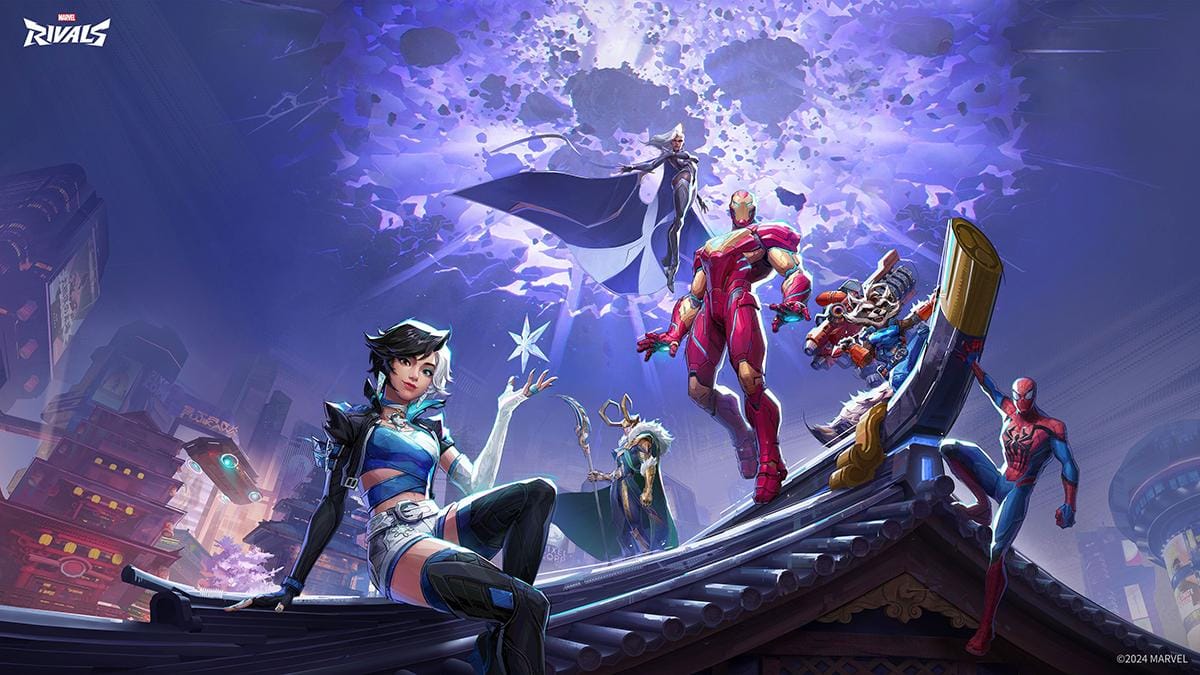
- These top-tier characters often define the meta, giving skilled players a clear edge through superior mobility, damage, or utility.
2. S-Tier: The Game-Changers
When you see certain heroes pop up frequently in streams or hear players talking about who feels dominant, you’re likely hearing about the S-Tier characters. These are the ones who, in the current meta, just seem to have all the right tools to consistently impact the game and secure wins, especially when played well.
Take Iron Man, for example. His ranged damage and mobility feel incredibly oppressive in the right hands, making him a high-ranking contender on this Marvel Rivals tier list. He can control sightlines, poke enemies from afar, and reposition effectively. Then there’s Scarlet Witch, whose crowd control and area denial abilities can completely dictate the flow of a team fight, making it incredibly difficult for the enemy team to engage or escape. And who could forget Loki? His deceptive toolkit, the ability to create mischief and confusion, allows for incredibly disruptive plays that can catch even organized teams off guard. We’ve seen moments in early high-level matches where a well-timed ultimate or a clever use of their core abilities has just completely swung the momentum of a match. Mastering these heroes means understanding not just their individual power but how they leverage it to enable their team and shut down opponents.
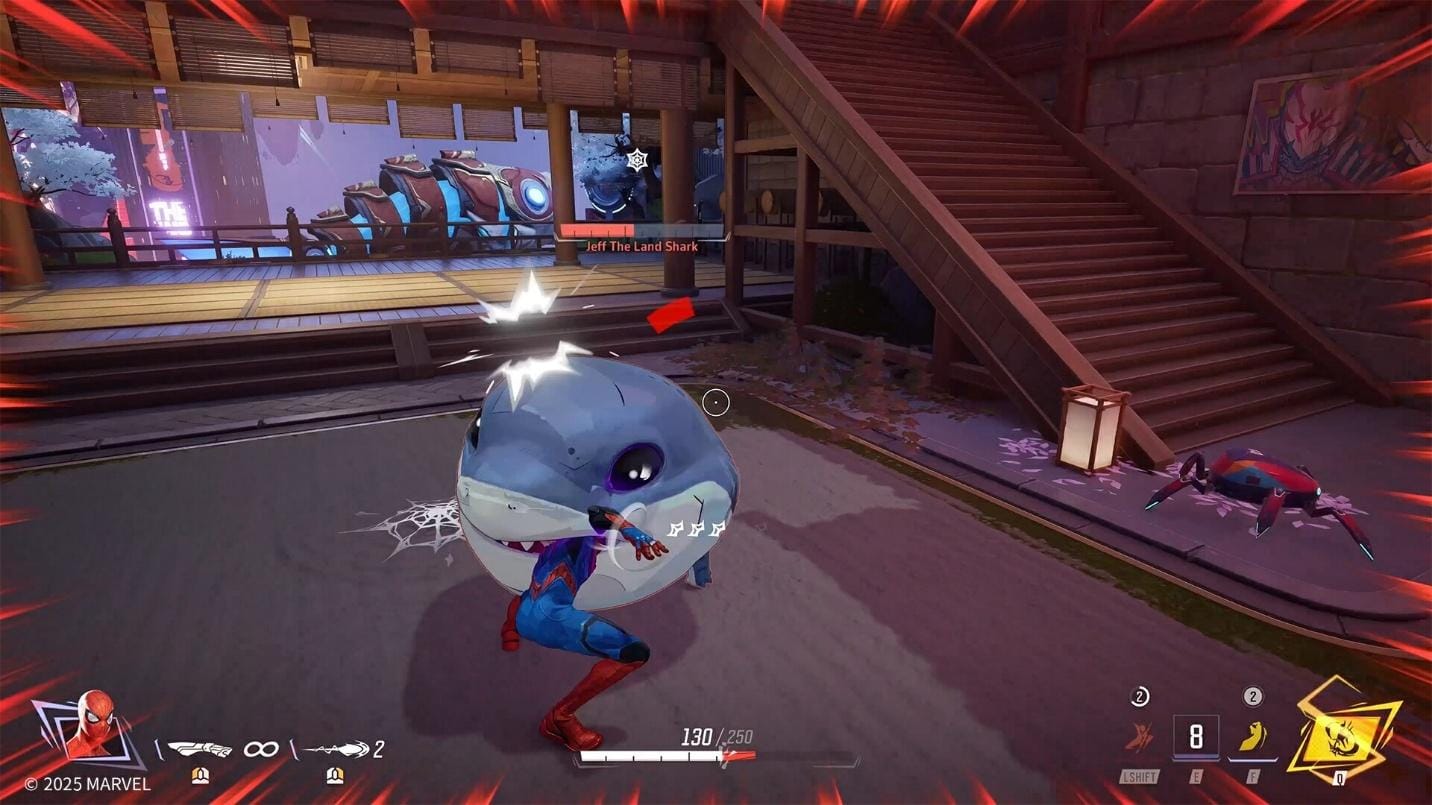
- B-tier heroes are situational picks; fun and viable in the right hands, but generally outclassed by stronger heroes.
3. A and B-Tier Characters: Consistency vs. Specialization
Stepping down slightly, but by no means less important, we find the A and B-Tier characters. These heroes are more than capable of winning games and contributing significantly to a team’s success. The A-Tiers are your incredibly consistent, reliable picks that can slot into many different team compositions and generally perform well across various maps and match-ups.
Think about someone like Spider-Man in the A-Tier. His incredible mobility allows him to flank, chase down low-health targets, and escape danger, making him a flexible and dangerous threat. Storm, with her consistent ranged damage and area-of-effect abilities, can provide steady pressure and control key areas of the map. These are heroes you can often pick and feel confident that you’ll be able to contribute meaningfully to the fight.
The B-Tier heroes on this Marvel Rivals tier list, on the other hand, often require a bit more thought. They might have more specific strengths, excel only in certain match-ups, or require a higher level of coordination from their team to truly shine. Perhaps they have a unique strategy they enable, or they perform exceptionally well on a particular map with advantageous sightlines or choke points. What often keeps them out of the absolute top tier might be a more exploitable weakness, a higher skill ceiling to get consistent value, or simply that another hero in a similar role currently does the job slightly more efficiently. But don’t count them out! A dedicated player who masters a B-Tier hero can absolutely make them work, surprising opponents who might underestimate them.
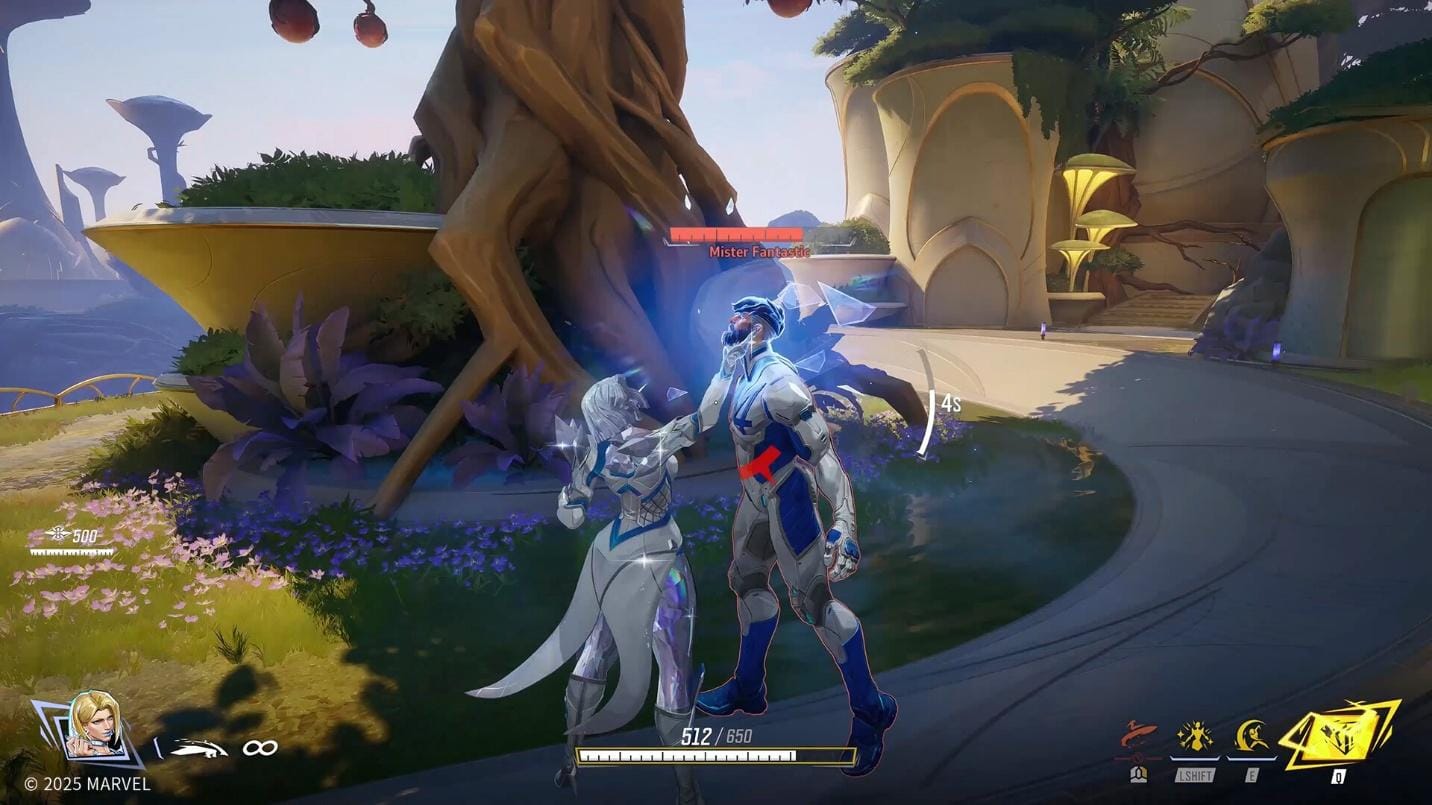
- These heroes typically require more effort to achieve impact compared to higher-tier characters.
4. C-Tier and Underperformers: Still Room to Grow
Now, let’s touch upon the C-Tier characters. These are the heroes who, in the current state of the game and the evolving meta, are generally considered to be less impactful in high-level competitive play compared to their counterparts in higher tiers. Often, this is due to perceived weaknesses that make them less reliable or more easily countered.
Perhaps they struggle with survivability, finding it difficult to stay alive under focused fire. Maybe their abilities are harder to land consistently or require very specific setups to be effective. Sometimes, it’s simply that another hero in the roster fulfills a similar role but does it with greater efficiency, damage output, or utility, pushing these characters down the Marvel Rivals tier list. For instance, a damage hero in C-Tier might just not have the raw burst or consistent pressure of an S or A-Tier damage dealer. However, this doesn’t mean you can’t ever play them! For creative players looking to catch opponents off guard, or in specific niche situations where their unique toolkit might surprisingly excel, a C-Tier pick could work. Plus, the developers are constantly watching and balancing, so a hero who is currently struggling might receive buffs in a future patch that catapults them higher on the list. It’s a reminder that a tier list is just a snapshot, not a permanent sentence.
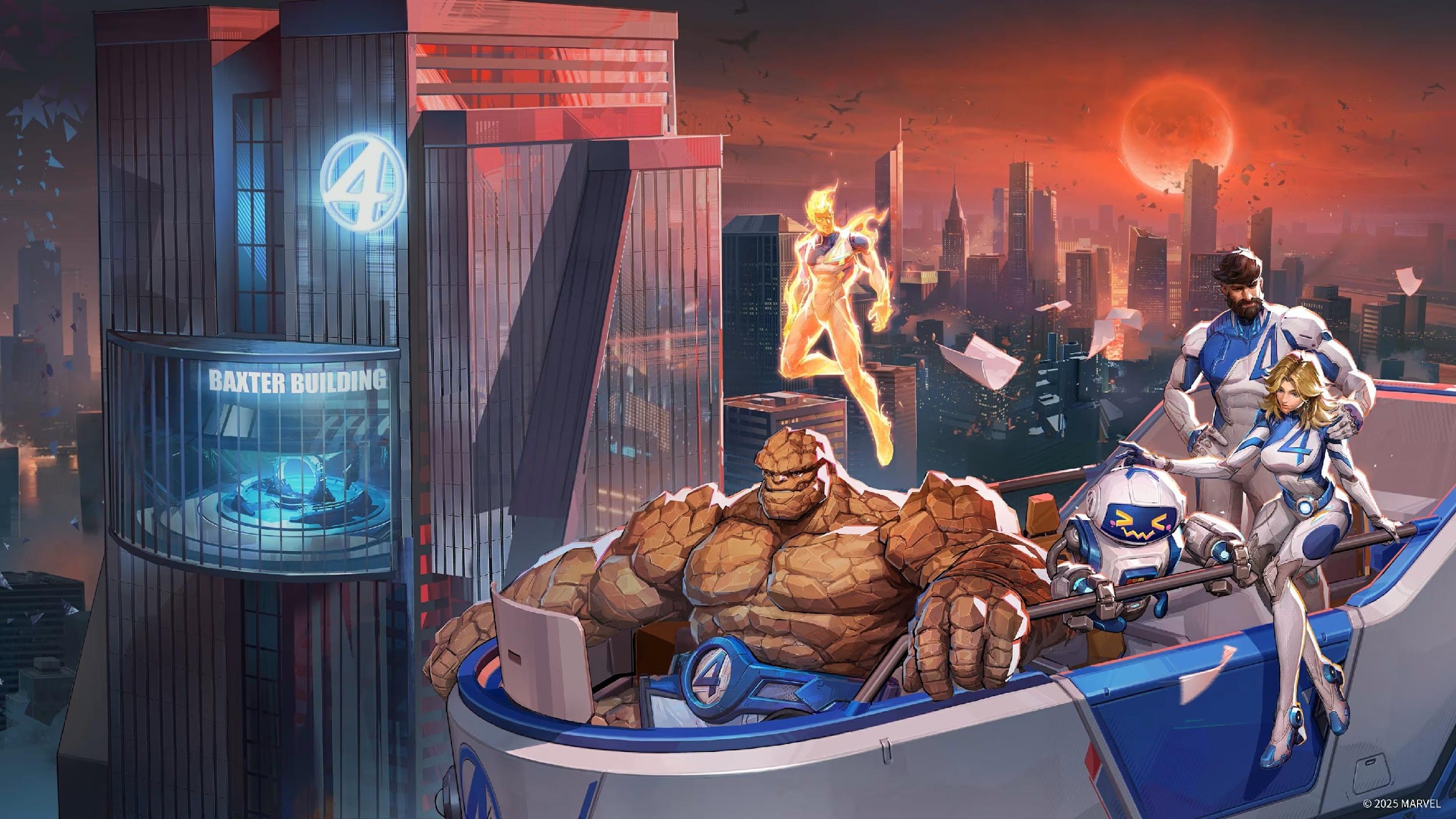
- Meta picks in ranked and tournament play often revolve around synergy, ultimate combos, and adaptability.
5. Competitive Play: Tier Lists in Tournaments and the Esports Scene
Tier lists aren’t just for bragging rights on forums; they play a huge role in the high-stakes world of competitive Marvel Rivals. When pro teams and aspiring esports players are strategizing, the tier list is a key factor in their hero drafts. They’re looking at who is a strong counter-pick against popular heroes, and perhaps even who could be a surprise ‘pocket’ pick to catch opponents off guard.
We’ve already seen glimpses of this in the early beta tournaments and discussions among influential streamers and pro players. Their insights and experiences are invaluable in shaping the community’s understanding of the meta. As official tournaments and larger esports events kick off, watching which heroes are consistently picked, banned, and perform well will further refine our understanding of the definitive Marvel Rivals tier list. It’s an exciting cycle of play, analysis, and adaptation that defines the competitive landscape.
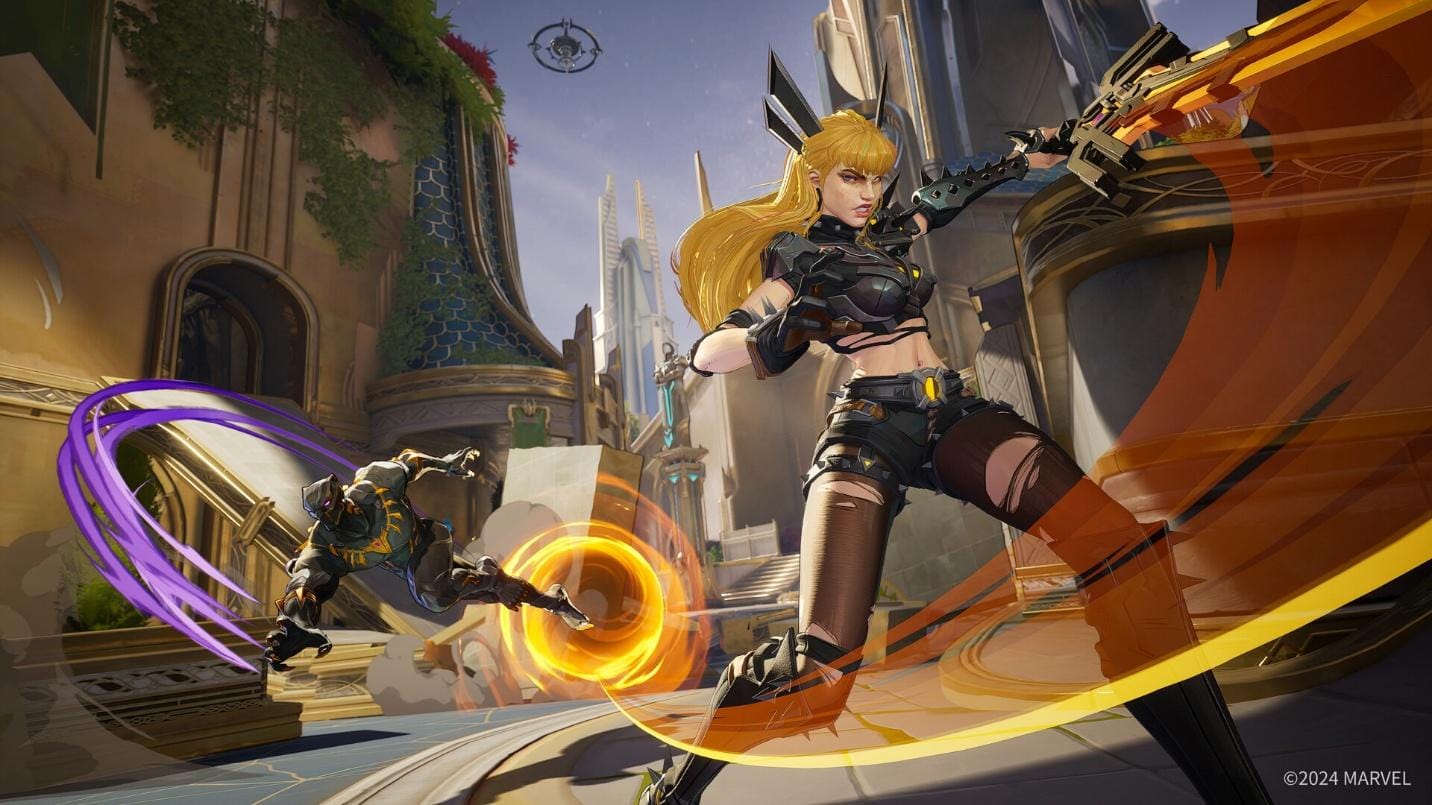
- Master each hero’s role and focus on timing your abilities for combos, counters, or objective control.
6. How to Use the Marvel Rivals Tier List Effectively
So, you’ve got this shiny Marvel Rivals tier list. What do you do with it? The most important thing to remember is that while tier lists are fantastic guides, they aren’t the be-all and end-all. Simply picking an S-Tier hero doesn’t guarantee you a win. Team synergy, your own comfort level with a character, and most importantly, effective communication and coordination with your teammates are absolutely crucial.
Think of the tier list as a starting point for exploration. It highlights who is currently performing strongly in the competitive environment, giving you an idea of which heroes might be worth investing your practice time into if you’re serious about climbing the ranks. However, we strongly encourage you to experiment! Play different heroes, see who clicks with your personal playstyle, and learn when and where specific characters shine. The meta is always evolving with patches and new strategies, so staying flexible and willing to adapt is key. Ultimately, while understanding the current rankings is valuable, focusing on improving your individual skill, learning team strategies, and communicating effectively will always be the most reliable path to success.
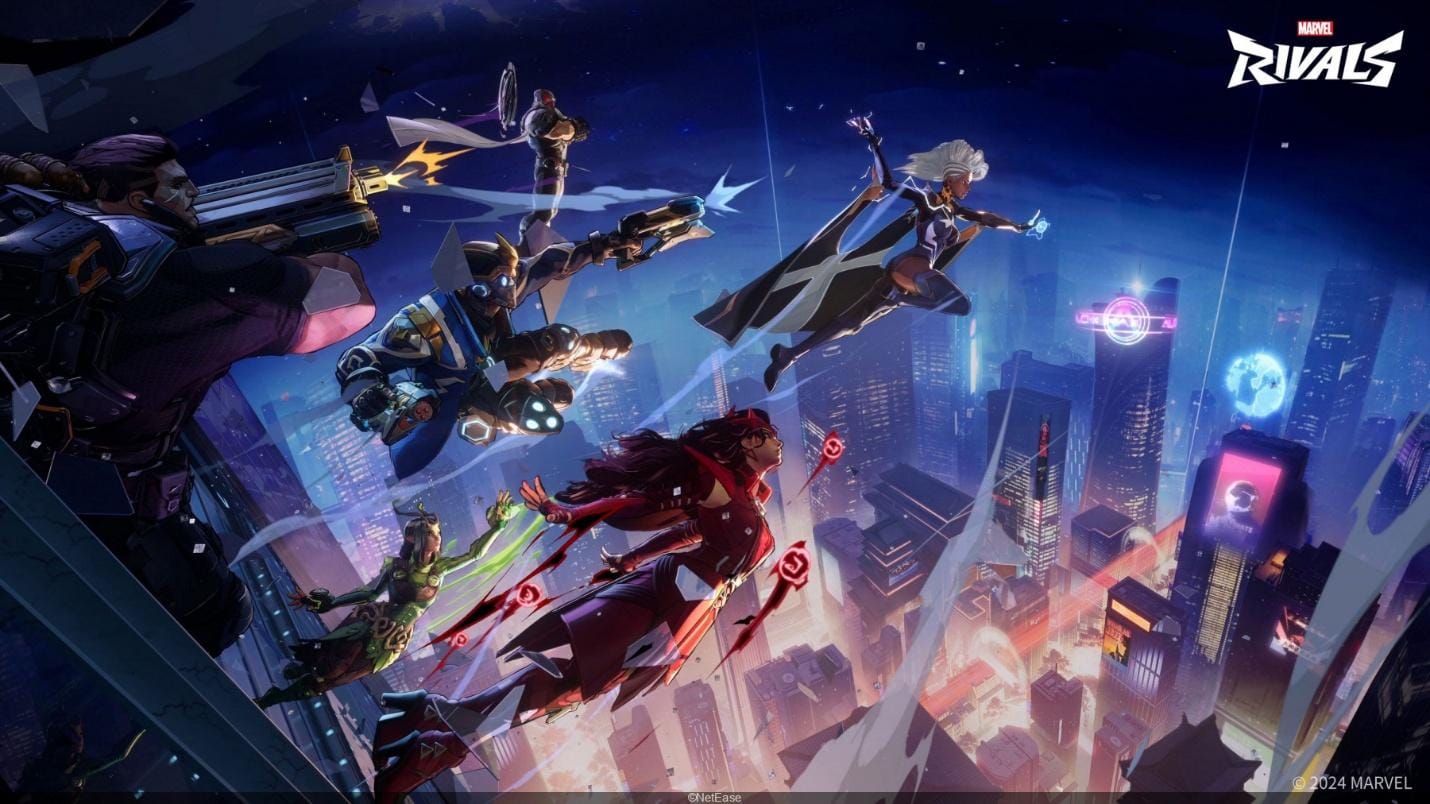
- The ability to shift the tide of battle in coordinated team fights is very important in Marvel Rivals.
Tournova: A Power-Up for Competitive Marvel Rivals Play
In the same way, Marvel Rivals tier lists are essential for mastering the competitive meta in Marvel Rivals. Tournova provides a streamlined, user-friendly platform for creating and managing tournaments across popular games, including hyper-casual and competitive genres. With its advanced tools hosted on Discord and Telegram, Tournova empowers players and organizers to dive deeper into competitive ecosystems. Using features like bracket automation, real-time score reporting, and customizable tournament rules, participants can focus on strategy and gameplay, whether they’re mastering heroes like Scarlet Witch or Loki, or adapting to new metas set by the latest patches.
Tournova’s unique token economy mirrors the strategic depth of tier-based gaming. Players and organizers earn tokens by engaging in tournaments or completing challenges, which can be spent on entry fees for exclusive competitions, purchasing in-game digital items, or unlocking premium services. For Marvel Rivals players looking to expand their reach beyond tier lists, Tournova presents a perfect opportunity to not only prove their skills but also benefit from meaningful rewards through streamlined, transparent, and community-driven tournament management.
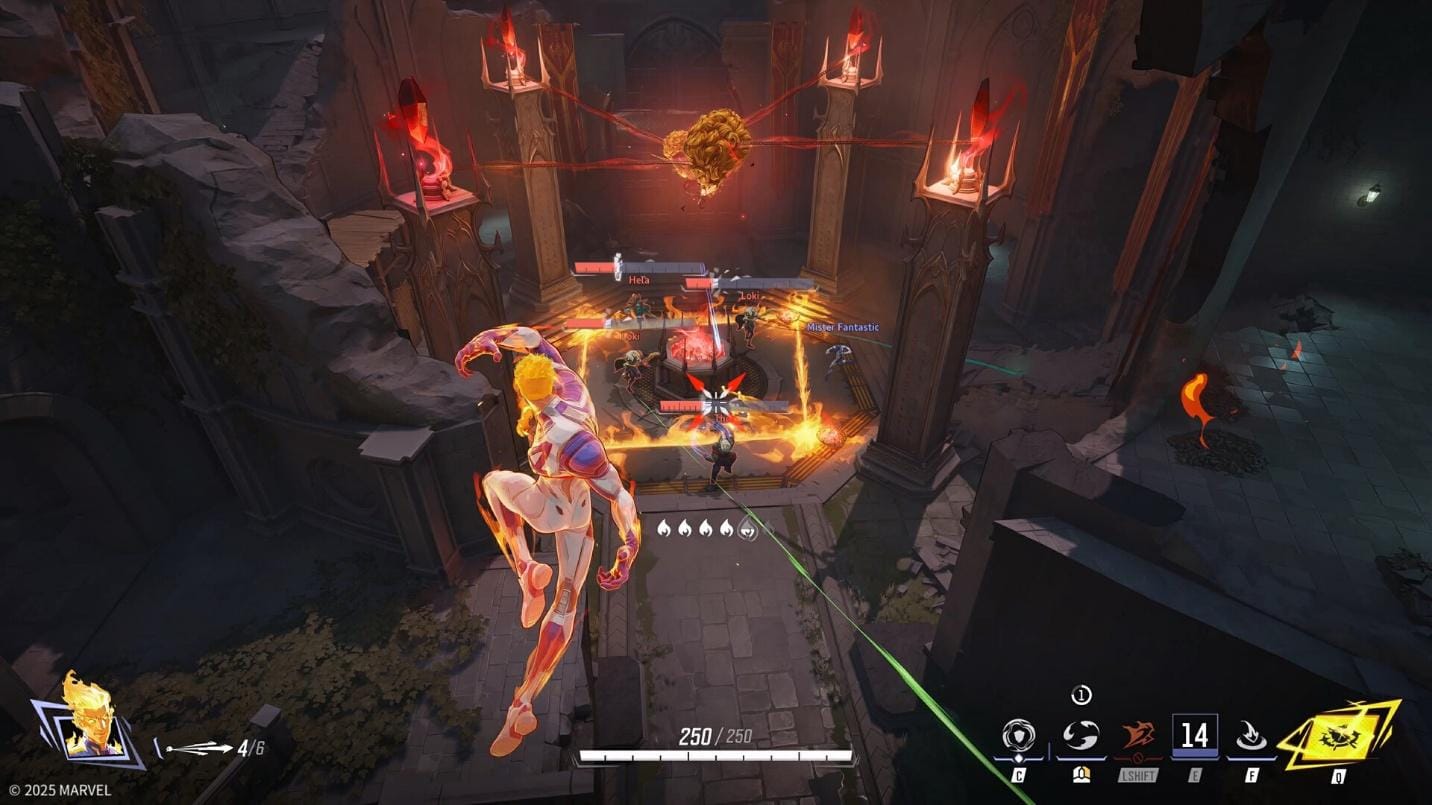
- B and C-tier heroes are being overshadowed by more impactful picks in the current meta.
Last Thoughts: The Marvel Rivals Tier List and the Evolving Meta
Exploring the Marvel Rivals tier list is a fascinating look into the game’s competitive heart. It helps us understand which heroes are currently making the biggest waves and why. For players aiming to climb the ranks or simply understand the game at a deeper level, these lists offer valuable insights into the current meta – the prevailing strategies and hero compositions that players are finding success with. But as we’ve discussed, this isn’t a static picture. As the community continues to discover new tactics, as balance patches land, and as the competitive scene matures, the rankings are bound to shift. New heroes will be introduced, existing ones might be tweaked, and what is dominant today could be challenged tomorrow. The true excitement of a game like Marvel Rivals lies in this constant evolution. So, dive in, experiment with the characters that excite you, pay attention to what the top players are doing, and most importantly, have fun mastering your favorite heroes in this incredible universe! What heroes are you finding the most success with right now, and where do you think they land on the list? Let us know your thoughts and keep an eye out as the Marvel Rivals meta continues to evolve, influencing the Marvel Rivals tier list!
FAQs
Q1: Does a character being in a lower tier mean they are completely unplayable in ranked?
A1: Not at all! While lower-tier characters might have perceived weaknesses or require more effort, a skilled player who has mastered their kit, understands their favorable match-ups, and coordinates well with their team can absolutely achieve success with them. Tier lists reflect general trends at high levels, not an absolute rulebook.
Q2: How quickly can the Marvel Rivals tier list change?
A2: Tier lists can change relatively quickly, especially after major balance patches that adjust hero abilities or stats. The discovery of new strategies by the community, particularly by pro players and high-ranking competitors, can also shift perceptions and move characters up or down the rankings over time.
Q3: Should I only practice heroes in the S-Tier if I want to play competitively?
A3: While practicing S-Tier heroes is a good idea as they are currently strong meta picks, it’s also important to find heroes you enjoy and are comfortable playing. Team composition often requires a mix of roles, and sometimes a well-mastered A or B-Tier hero is more valuable than a poorly played S-Tier hero. Focus on developing a small pool of heroes you are proficient with across different roles.
Q4: How do new heroes typically impact the tier list when they are released?
A4: When new heroes are introduced to Marvel Rivals, the meta often shifts as players learn their abilities and how they interact with the existing roster. Sometimes new heroes enter at a very strong position, influencing the top tiers, while others might initially struggle or find a niche role. It usually takes some time after release for the community to fully understand their impact and for their place on the tier list to settle.
